The Next Generation of Vehicles
OnLocation presents a series of blogs that identifies the top environmental and energy policy challenges for 2020 and beyond. The first blog in the series focuses on the policies that will provide a roadmap for the next generation of vehicles and other transportation options.
Arguably the biggest overarching challenge today is to mitigate the greenhouse gases contributing to climate change. In the energy system, all energy-consuming sectors use fossil fuels which are the primary contributor of energy-related carbon dioxide (CO2) emissions. Policies designed to mitigate climate change must address emissions in all energy sectors. Alternative-fuel vehicles and other alternative transportation options are promising approaches for mitigating greenhouse gases.

This series of blogs provide policymakers, especially state energy offices and non-governmental organizations, with a clear vision of the benefits of each approach, how different policy options can enable them, and considerations to make when choosing a path forward. Finally, we recommend integrated energy modeling for analyzing the various policy options.
Benefits of alternative transportation options
Transportation-related CO2 emissions account for about 37 percent of all energy-related CO2 emissions in the U.S., with emissions coming from the combustion of petroleum products. Use of alternative-fuel vehicles (AFVs) and biofuel blends can reduce CO2 emissions as well as local air pollutants that contribute to smog and health impacts. AFVs and biofuels can also reduce petroleum consumption, resulting in less oil production and less dependence on oil imports. So what policy options are available for expanding the use of alternative fuels and AFVs?
Policies that promote alternative-fuel vehicles
One approach is to replace conventional petroleum-fueled vehicles with cleaner vehicles.
Electric vehicle subsidies. The U.S. Government offers a $7,500 consumer tax break for plug-in electric vehicle (EV) purchases. However, the tax breaks expire once a company’s EV sales exceed 200,000 vehicles, and some companies have already reached the cap.
Corporate Average Fuel Economy Standards. The Corporate Average Fuel Economy (CAFE) Standards require annual improvement in the average fuel economy of cars and light trucks sold in the U.S. The Greenhouse Gas Emissions Standards expand on these requirements, and the Safer Affordable Fuel-Efficient (SAFE) Vehicles Rule amends these rules with less stringent f requirements starting in 2021. AFV sales help manufacturers meet these requirements.
Low emission vehicles mandates. The Low Emission Vehicle (LEV) program mandates sales of six low-emission vehicle categories. The Zero Emission Vehicle (ZEV) category was expanded to include electricity or hydrogen fuel cells, but the credit requirements are currently on hold as the courts decide if the Federal SAFE Rule preempts these state programs.
Consumer Perks. A wide variety of consumer “perks” are offered at the Federal and State levels to encourage the purchase and use of alternative-fuel vehicles. Some of these include electric utility rebates, preferential treatment of vehicles in carpool lanes, and more.
Policies that promote alternative transportation fuels
Another policy approach is to promote the use of alternative fuels instead of vehicles.
Renewable Fuel Standard. The Renewable Fuel Standard (RFS) requires that a certain amount of renewable fuel be blended into all transportation fuel sold in the United States. However, the mandated quantities are too optimistic and the U.S. Environmental Protection Agency (EPA) has lowered the targets substantially every year since 2010.
California Low Carbon Fuel Standard. The California Low Carbon Fuel Standard (LCFS) is designed to reduce the annual carbon intensity of transportation fuels consumed in California. Oregon and British Columbia have adopted similar LCFS programs.
Tax incentives. Tax credits and tax exemptions from Federal fuel taxes exist for a variety of alternative fuels as well as for installation of alternative fuel infrastructure, but many of the Federal tax incentives are due to expire at the end of 2020.
Other alternative transportation initiatives
These next policy options take a different approach, either by targeting transportation-related CO2 emissions directly or by reducing our dependence on vehicles.
Regional TCI initiative. The Transportation Climate Initiative (TCI) is working with governors and state agencies in 12 states and the District of Columbia to create a regional CO2 cap-and-trade program for the transportation system. OnLocation is providing modeling support for this effort as described in a recent blog. TCI was scheduled to release a final proposal in Spring 2020 but the COVID-19 pandemic has delayed things.
Urban planning. Urban planning initiatives such as mass transit and bicycle lanes focus on reducing traffic and improving local air quality, but also reduce vehicle fuel consumption and its associated greenhouse gases.
Considerations to make when choosing a path forward
- Vehicle technology cost and performance. A technology could be the perfect solution for a problem, but if it is too expensive or unreliable, it will not be chosen.
- Fuel prices of both conventional and alternative fuels can help or hurt market adoption of alternative fuels.
- Renewable fuel availability. Many of the problems plaguing the Renewable Fuel Standard relate to the availability of some biofuels such as cellulosic ethanol.
- Refueling infrastructure. Alternative fuels can only be used by consumers if the infrastructure exists and if it is convenient for them.
- Indirect land use change. An indirect land-use effect can occur if corn and soybeans are sold to biofuel producers instead of using them for food and animal feed.
- Consumer preferences. Consumer preferences will ultimately determine the winners and losers, but state energy offices and non-governmental organizations can influence this by choosing the appropriate policy options.
How to analyze various policy options – integrated energy modeling
State energy offices and non-governmental organizations have the potential to significantly reshape the energy industry in the next few years. Before charting a path forward, it is important to understand the potential impact that energy policies and technologies will have on energy markets, the economy, and the environment. In order to capture the full impact of any energy policy, we recommend using integrated modeling.
Want to learn more?
Download a copy of our free whitepaper “Top Environmental and Energy Policy Challenges for 2021” for more in-depth discussion of the policy challenges facing our world today, including the transportation policies discussed here. Our second blog explores the policy challenges of the electricity storage revolution. Our third and final blog in the series explores the policy opportunities and challenges of carbon capture technologies.
Download our free white paper “Integrated Energy Modeling & Analysis” to learn more about how integrated modeling can be used to inform policymakers.

